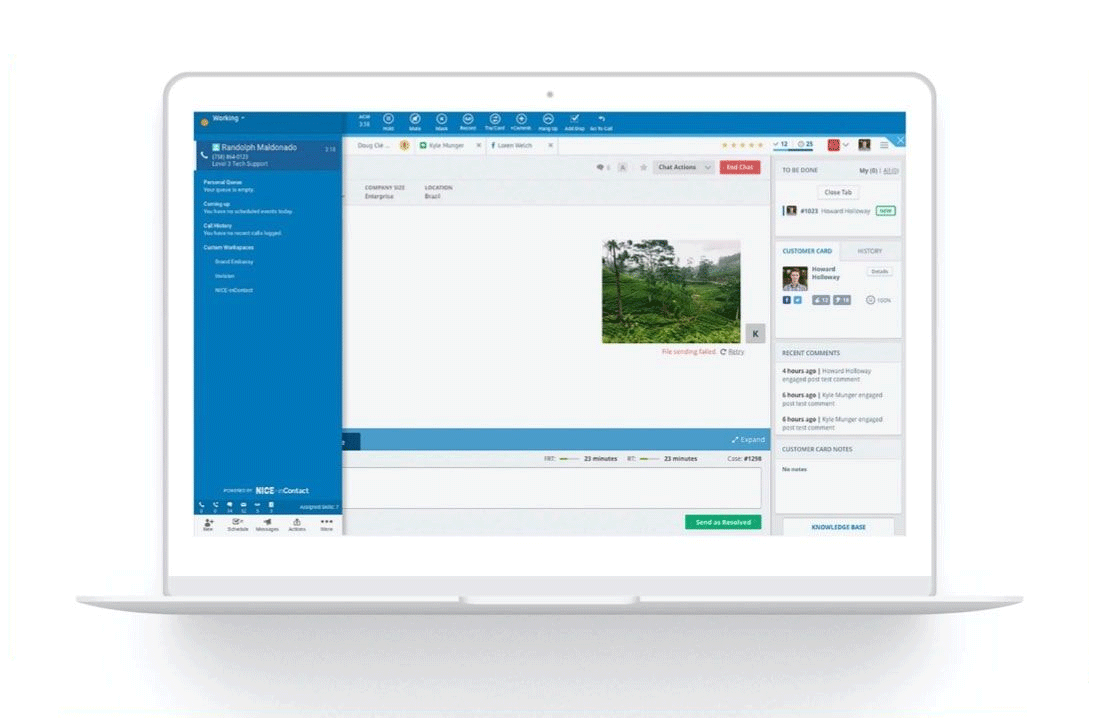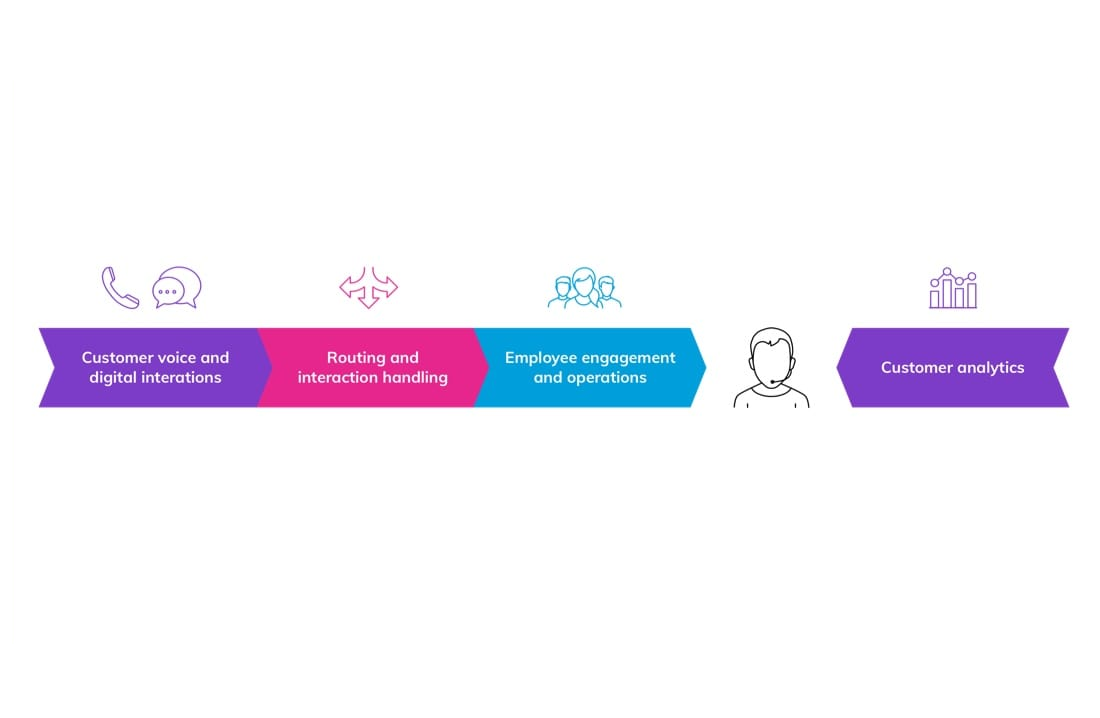What is the Difference Between Customer Experience and User Experience
What is the difference between customer experience and user experience?
Like the peanut butter and jelly in your kitchen cabinet, customer experience (CX) and user experience (UX) are distinct disciplines. But just as the pantry staples work together to make a mean school lunch entree, CX and UX must work together just as seamlessly for your company to deliver world-class experiences to your buyers.
What is customer experience?
Customer experience is the higher-level overall impression a customer has of your company based on the sum of their interactions with it. Do your associates smile when the customer walks into your store? Are your clerks willing to help the customer find something on a shelf when asked? Is it easy to make a return either in-store or through the mail? Can the customer quickly and easily find answers to their questions on your company’s website? Customer experience is typically measured as customer satisfaction, customer loyalty, or with a net promoter score.
What is user experience?
In contrast, user experience is focused on the customer’s experiences using your company’s offerings, whether those are manufactured products, websites, or mobile apps. For manufactured goods, from art supplies to zippers, user experience is often measured by drilling down into specific feedback associated with customer experience metrics. But for digital products, from Apple watches to online tax preparation software, UX can be measured in quantifiable ways like task time, conversions, and abandonment rate.
What it takes to deliver outstanding experiences at all levels.
User experience experts typically focus their efforts on individual task or transaction level experiences while customer experience professionals create customer journey maps and create plans to optimize the journey for customers.
But just like your grade schooler’s sandwich tastes best when both classic ingredients are commingling between two thick slices of bread, the highest performing companies with the most loyal customers ensure that the user experience and customer experience teams synthesize like peanut butter and jelly.








